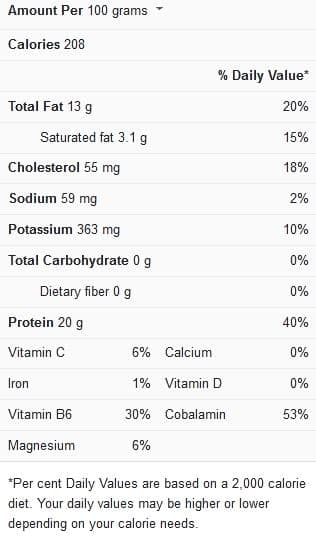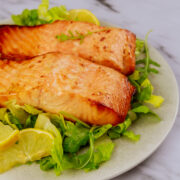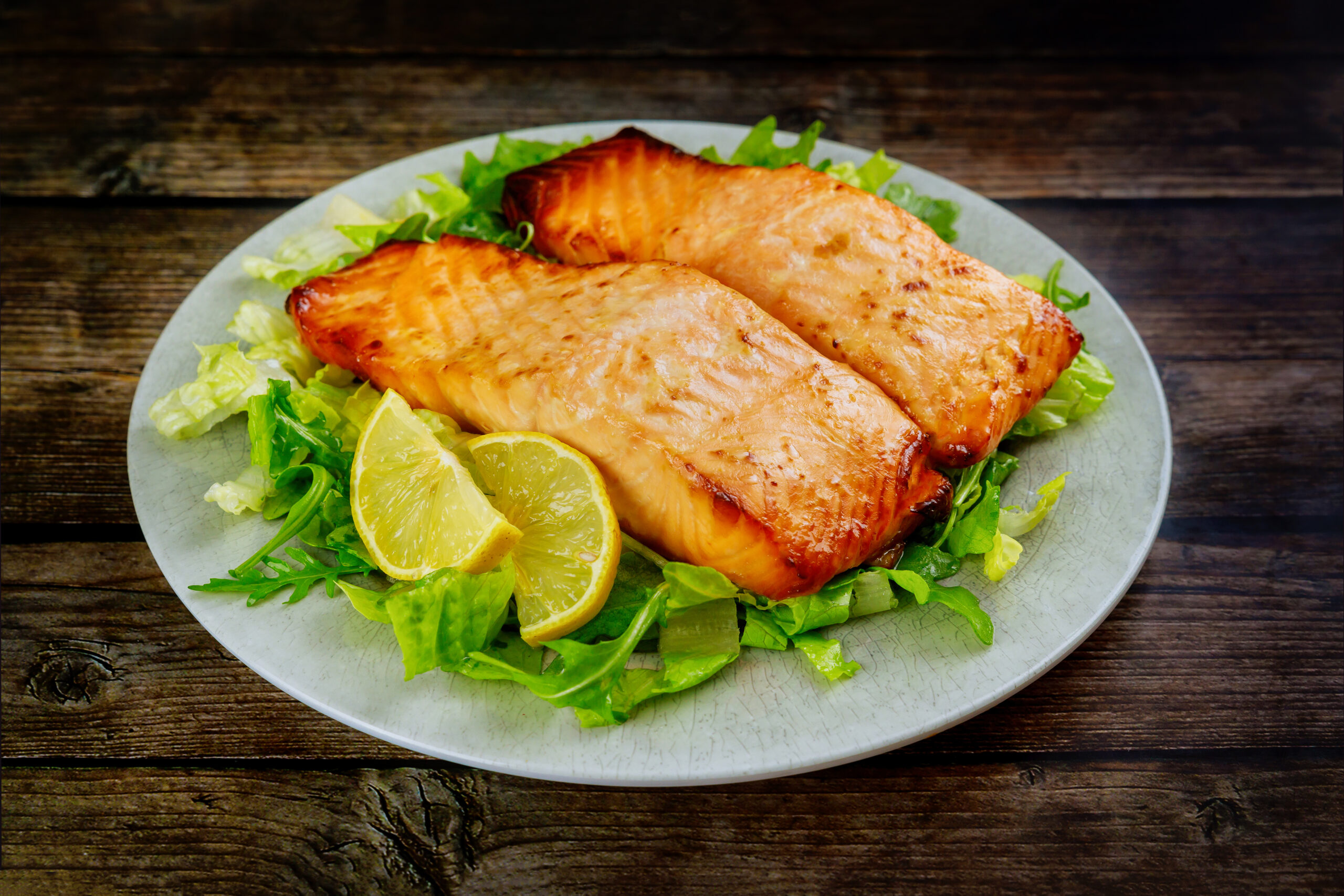Salmon fillets make one of the easiest and most elegant main dishes you can cook. Salmon will rise to any occasion, whether it’s a date night dinner, a meal with friends on a fun night, or supper with your family. Baking salmon in the oven is especially convenient because it requires less effort than cooking salmon on the stovetop.
Here, you’ll learn the best techniques to adopt when cooking salmon fillets in the oven and some helpful tips for that extra bit of perfection. Also, pay attention to the timing guidelines to get the best results.
Salmon nutrition facts

Tips for cooking salmon fillets
When attempting to make salmon fillet recipes in the oven, there are some helpful tips to keep in mind:
Best tips to tell when salmon is done – Here are some helpful hints for determining when your salmon is done.
- Using a sharp knife, poke a hole in the thickest portion of the baked salmon piece to see if it’s done. It’s done when it starts to flake but still has a little translucency in the middle or when your salmon flakes easily with a fork.
- The best option is to use a thermometer with an instant-read feature, such as this one. According to the FDA, fish should be cooked to an internal temperature of 145 degrees F.
- After removing salmon and other fish from the oven, they will continue to “cook” while resting. Take the salmon out of the oven early (between 137 and 140 degrees F), cover it with foil, and let it rest for about 5 minutes. The resting period permits the fish to reach 145 degrees Fahrenheit.
- Depending on the cut of salmon you choose, the finished product will be pink, and some species, such as coho, are naturally rich, almost ruby pink. It’s important because it’s opaque and flakes readily. It’s probably not done if it’s a translucent pink. Testing with an instant-read thermometer can clear up any uncertainties.
To bake skin on or skin off – Leaving the skin on has the added benefit of retaining moisture (one more step between you and overcooking the fish).
The skin of the salmon simply peels away after it has been roasted. You can either remove it before serving the individual pieces or avoid eating it once it’s on your plate.
Ask the seafood counter to remove the skin for you before baking the salmon if you plan to serve it to the company or simply don’t want to deal with it.
Baking salmon in foil – Because the foil seals in moisture, baking salmon in foil gives you a little more leeway, but you want to pull it out when it’s almost done but not quite done at the thickest section.
A little broiling on the top of the fish will give it an excellent finish and allow it to complete cooking the rest of the way.
If your salmon is almost done but not quite, but you’re afraid about overcooking it, take it out of the oven, cover it with foil, and let it rest at room temperature for a few minutes until it’s done to your liking.
Storage and reheating tips – Baked salmon can be kept in the refrigerator for up to two days. If you want to reheat the salmon, do so slowly and gently to avoid drying it out. Individual pieces should be reheated in the microwave on low power or in a skillet.
- Reheating in a skillet: Allow the salmon to come to room temperature before reheating in a skillet. Over medium heat, heat a nonstick skillet. When the pan is hot, add the salmon and a splash of water, then cover it immediately. Allow the salmon to steam for 2 to 4 minutes, or until it is well heated.
- Reheating in the microwave: Allow the salmon to come to room temperature before reheating in the microwave. Warm gently on medium-low power until thoroughly warmed.
- Baked salmon can also be frozen. Remove it from the skin and freeze it for up to two months in an airtight container. Allow it to defrost overnight in the refrigerator. You may toss it into spaghetti or use it in any recipe that asks for canned salmon.
View this post on Instagram
Cooking time for salmon fillets in the oven
Follow these timing guidelines when cooking salmon fillets in the oven:
| Cooking temperature | Cooking time |
| 375 F | 15 to 20 minutes, then 3 minutes on broil setting |
| 425 F | 4 to 6 minutes per half-inch of salmon fillet |

Quick and easy oven-baked salmon
Ingredients
Instructions
- Preheat the oven to 425°F and position a rack in the middle. Use foil to line a roasting pan or baking sheet.
- Using a paper towel, pat the salmon dry.
- Drizzle a small amount of oil over each fish, just enough to coat it, and press it in with your fingers or a pastry brush. Season the salmon with salt and pepper to taste.
- Place the salmon skin-side down in the roasting pan. Place in the oven.
- The length of time it takes to roast your salmon is influenced by the width of the thickest region of the fillet. Roast for 4 to 6 minutes per half-inch of salmon — 4 minutes will give you salmon that is still somewhat rare, while 6 minutes will totally cook it.
- You can also use a fork to check if your salmon is done. It’s done when the salmon flakes readily with a fork. You can use an instant-read thermometer to check the fish’s doneness if you want. A minimum internal temperature of 145°F is recommended by the USDA, which should be taken at the thickest region of the fillet.
- You can enjoy your salmon right away. Leftovers can be kept refrigerated for up to 5 days and warmed gently in the microwave or eaten cold.
Notes
This oven-baked salmon recipe yields really tasty results that you’re sure to enjoy. If you need more ideas on how to cook salmon fillets in the oven, this video recipe will help you.
